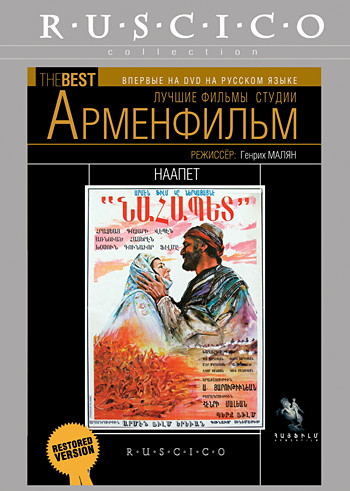
Story of a strong-willed man, Nahapet, who lost his family during the 1915 Genocide! is an eternal story of resurrection.
From imdb
Storyline
Nahapet (meaning also patriarch in Armenian) has lost all his family and intimates, his house and properties during the 1915 Genocide. Self-absorbed and reticent, he reminds a withered tree. Same is with the village on the slops of Aragatz mountain where he finds shelter – half-destroyed houses, cowed faces, sun-scorched rocky earth. Could Nahapet find inner strength to build a new house, start a new family, revive the things cast away by the destiny. Eternal story of resurrection, so much symbolic for Armenian nation’s history. Written by ArtakRead More »









